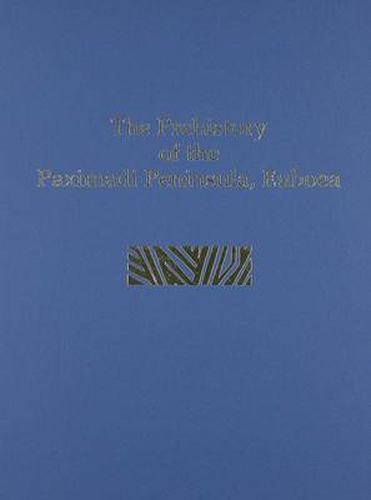Readings Newsletter
Become a Readings Member to make your shopping experience even easier.
Sign in or sign up for free!
You’re not far away from qualifying for FREE standard shipping within Australia
You’ve qualified for FREE standard shipping within Australia
The cart is loading…






The results of two related fieldwork projects are presented: a brief salvage excavation at Plakari (a Final Neolithic site near the modern town of Karystos) and a survey of prehistoric sites on the Paximadi peninsula (the western arm of the Karystos bay), both located in southern Euboea. These ventures were part of the larger mission of the Southern Euboea Exploration Project (SEEP), a multidisciplinary research program dedicated to the study of the Karystian past and which maintained a presence in southern Euboea for over 25 years. These projects have found that, contrary to what archaeologists once believed, southern Euboea was hardly an uninhabited and isolated region in prehistory. The inhabitants actively participated in the expanded maritime and social landscape that characterised the later Neolithic and Early Bronze Age in the Aegean, taking part in exchange networks of stone, ceramics, marble figurines and vessels, and possibly agricultural goods and metalwork.
$9.00 standard shipping within Australia
FREE standard shipping within Australia for orders over $100.00
Express & International shipping calculated at checkout
The results of two related fieldwork projects are presented: a brief salvage excavation at Plakari (a Final Neolithic site near the modern town of Karystos) and a survey of prehistoric sites on the Paximadi peninsula (the western arm of the Karystos bay), both located in southern Euboea. These ventures were part of the larger mission of the Southern Euboea Exploration Project (SEEP), a multidisciplinary research program dedicated to the study of the Karystian past and which maintained a presence in southern Euboea for over 25 years. These projects have found that, contrary to what archaeologists once believed, southern Euboea was hardly an uninhabited and isolated region in prehistory. The inhabitants actively participated in the expanded maritime and social landscape that characterised the later Neolithic and Early Bronze Age in the Aegean, taking part in exchange networks of stone, ceramics, marble figurines and vessels, and possibly agricultural goods and metalwork.